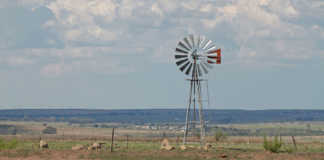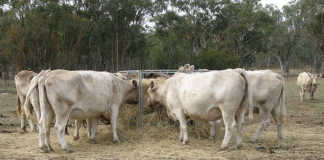The first rule of running a meeting is to tell those who will be attending the date, time and place it will be held. This might seem obvious, but mistakes can happen, leading to unpleasantness.
Notices can be posted, emailed or sent via SMS – the main thing is to have the details in writing. Ask the recipients to respond whether they can attend or not. Supply a summary of the meeting’s agenda (list of matters to be discussed) at the same time.
Chairperson
A chairperson must be chosen to lead every meeting. If the chairperson is not present, the vice-chairperson or secretary can lead the meeting. The person who stands in for the chairperson may remain chairperson throughout the meeting, even if the chairperson arrives later.
Some organisations make it a rule that if the chairperson, or person appointed by the chairperson, does not lead the meeting, the meeting is not ‘legal’ and any decisions made are not binding.
Members should address the chairperson only. The chairperson should not be addressed by name, but as “Mr Chairman” or “Madam Chair”. If a member needs to speak to another member, he or she should do so through the chairperson, for example, “Mr Chairman/Madam Chair, I disagree with what John has just said. We need to increase the size of the herd, not decrease it.”
In addition to representing the organisation at social functions, the chairperson must:
- See to it that the correct people are present;
- Ask the members at the beginning if there are additional items for the agenda. Add these under the heading ‘General’;
- Decide on the order of items;
- Ensure that members keep to the subject;
- Give people with differing opinions an equal chance to speak;
- Keep order;
- Decide when members need to vote;
- Make sure the minutes (notes on what is said and decided at the meeting) are kept;
- Close the meeting.
The chairperson may close the meeting if not enough members are present, if there is disorder, or if further information is required.
Secretary
- The secretary must:
- Organise the venue;
- Compile the agenda;
- Send out notices;
- Keep a list of the members and their contact details;
- Check that there is a quorum (the minimum number of people required for the meeting to take place);
- Write the minutes, and make copies of them for the next meeting;
- See to it that the attendees sign their names in the register;
- Keep copies of all letters, notes and other documents;
- Arrange that everything required for the meeting is taken care of. These may include, for example, keys to the meeting room, furniture, lighting, audiovisual equipment, notepaper and refreshments.
- The secretary may also act as treasurer.
Treasurer
The treasurer is responsible for the finances of the organisation. He or she must:
- See that all money is used according to the rules of the organisation;
- Keep a record of all matters. This is likely to include a cash book, bank statements and so forth;
- Collect membership fees and issue receipts.
Members
Each member should:
- Find out all that needs to be known about the organisation;
- Study the agenda before a meeting, and prepare properly for any item that he or she wants to discuss;
- Be present at all meetings.
If, for a very good reason, a member cannot attend a meeting, the secretary must be informed. This is called an ‘apology,’ and is recorded in the minutes. A member who fails to send an apology is recorded as ‘absent.’
In the next issue, we’ll take a closer look at the agenda and minutes, and how a meeting should proceed.
Source: The Directorate Communication, national department of agriculture, in co-operation with Rikki Abbott of the KZN department of agriculture.













